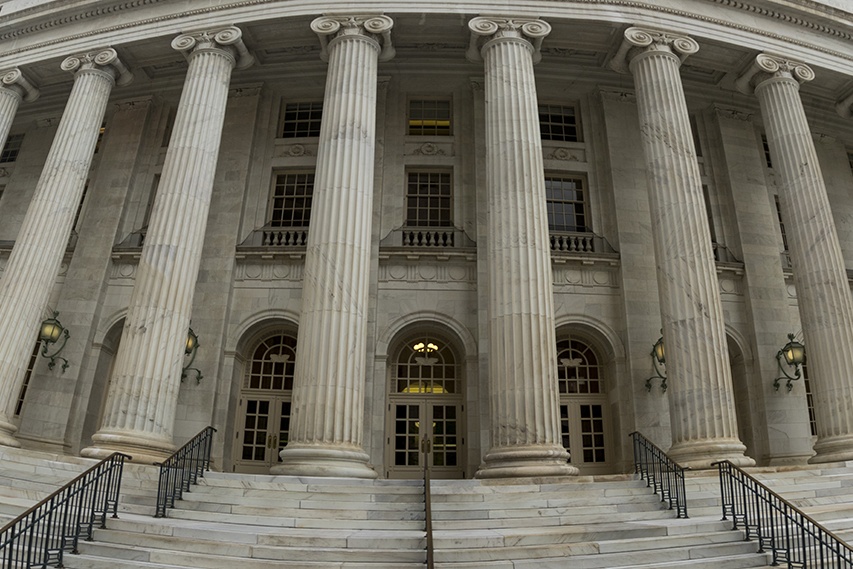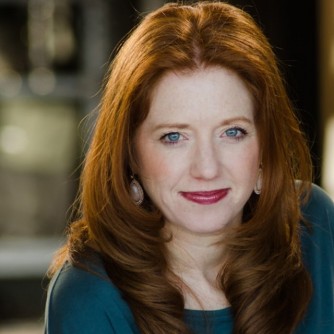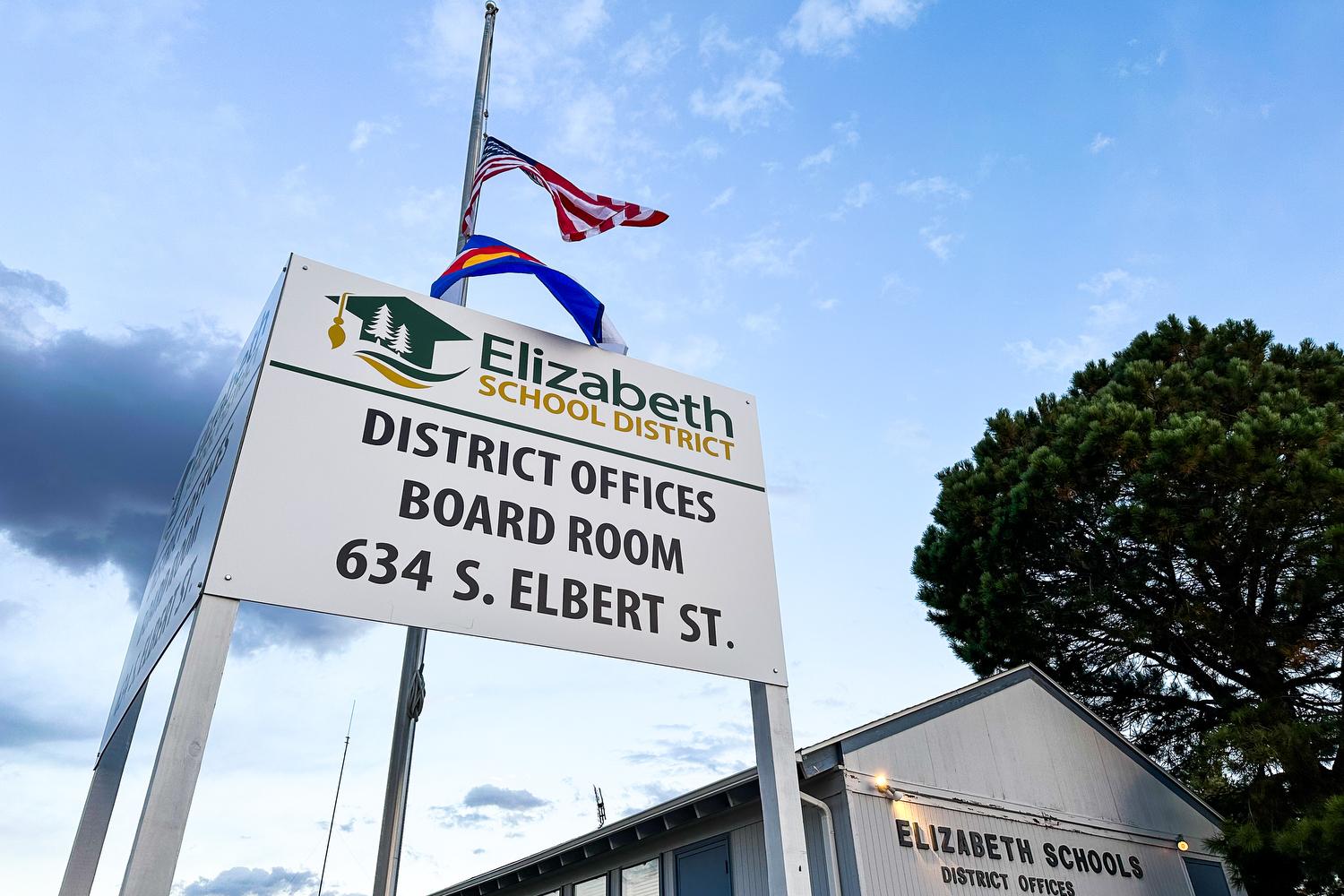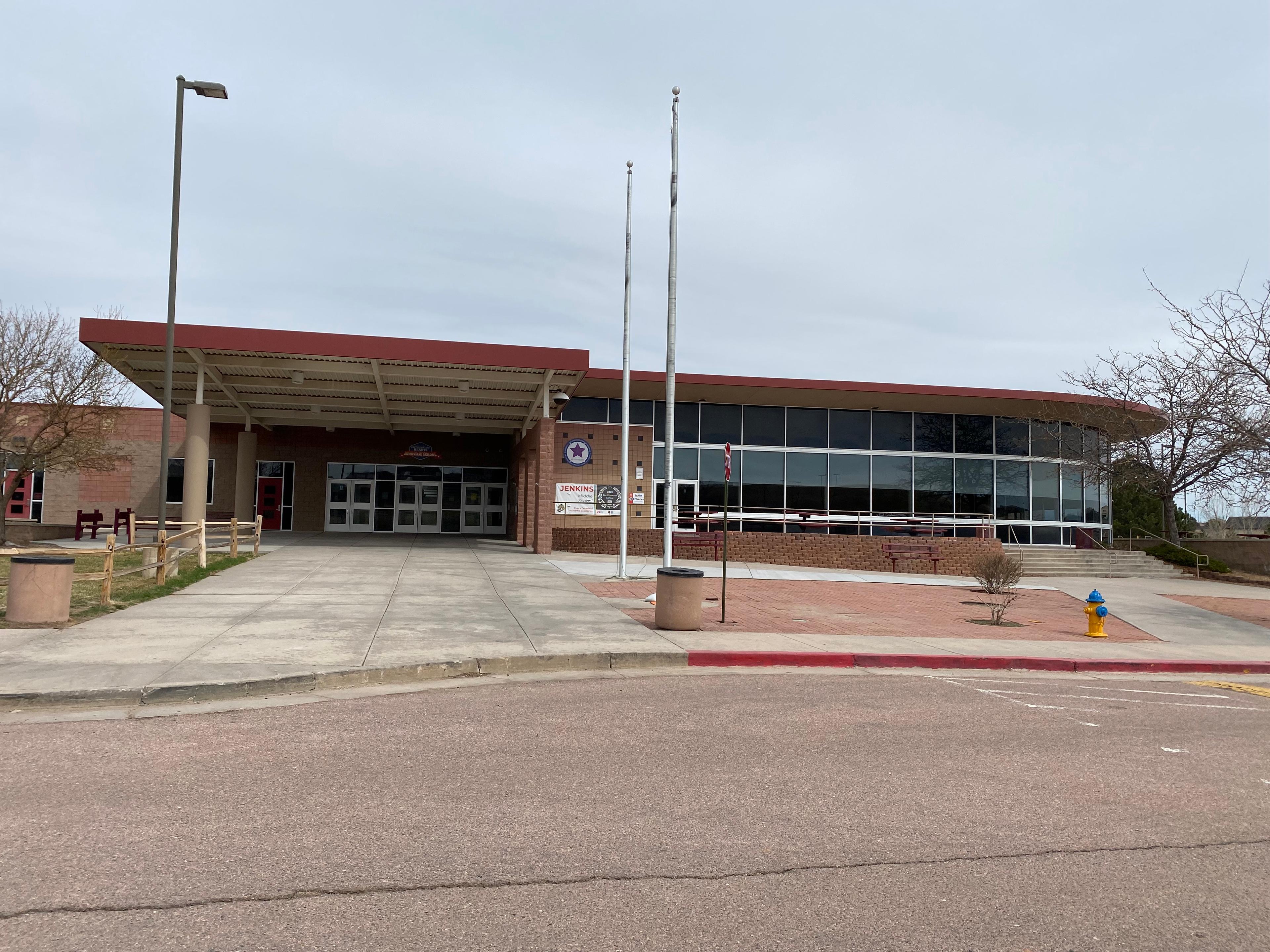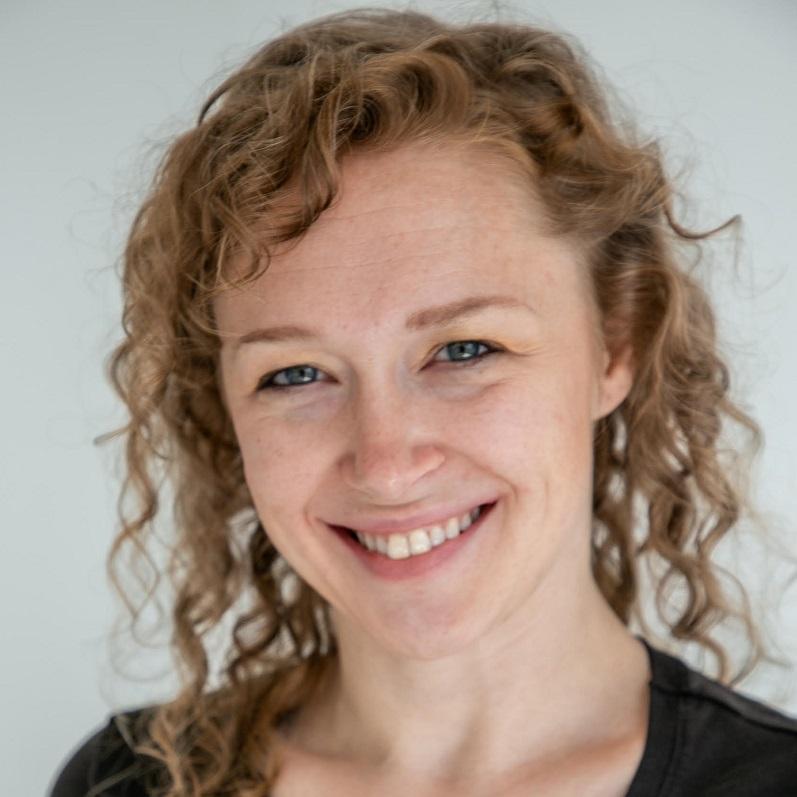
I was reunited with a friend this week. From the time we last parted ways — the fall of 2007 — until now, she has lived in Denver and I have moved from Colorado to south Texas and back.
She exists as a painting, a portrait made some 30 years ago on the frozen plains outside St. Paul, Minnesota, by an artist born in Costa Rica, relocated to the midwest via Los Angeles. Her face betrays her Asian roots — Vietnamese, relocated to the United States after fleeing her homeland in a boat.
I met her at the artist’s studio, high in the mountains of northern New Mexico, in the small village of Truchas about 20 years ago.
She lived for several years perched above the fireplace in the big old Victorian house in Colorado Springs where I raised my children. I had moved out west from my homeland, Tennessee, and quickly found myself in exile both from 20 years of marriage and the comfort of familiar ground.
One cold November weekend, I traveled to Santa Fe to clear my head and escape the tension at home. Scrubby pinon and juniper dotted hillsides sheltered low adobe buildings as exotic and unfamiliar to me as any foreign landscape. But I loved winding, climbing back roads wherever they led, and pointed my yellow Volkswagen Rabbit northward toward Taos along New Mexico’s famed high road.
Faint snow pellets fell and dusted the ground past Chimayo and Cordova. Had I known that the brown church I passed, the Santuario de Chimayo, housed a famous hole with dirt reported to have healing powers, I might have stopped. But I was propelled upward and concentrating hard on the hairpin curves, the increasingly frigid weather, and the snow-capped mountain peaks coming into view.
I turned off the highway at the village of Truchas, a place with tiny houses and buildings built treacherously near the edge of a plunging canyon. I pulled off at one, an art gallery with welcoming puffs of smoke arising from its chimney.
A lovely brown-skinned man with a pointed silver beard and a soft wool beret welcomed me inside and offered a cup of tea. He and his wife lived and painted here, in this enchanting compound of buildings linked by pathways of rough paving stones. We talked for a while about the routes, the journeys across continents we’d taken that landed us in the Rocky Mountains. He said he had a painting I must see.
Inside a large garage with walls of rusting corrugated tin, were rows of his work, stretched canvases filed side by side according to size. From the section of tall pictures he pulled out one painted in shades of mauve, violet, pink and black with faint earth tones. Here was the girl — I saw her as a girl then; she is a woman now — a Vietnamese refugee relocated to the northern plains of Minnesota, painted by this swarthy Costa Rican who recognized her homesickness as his own. He urged me to take her home. I did.
She lived with me for a good long while, in the big old house then in another house above another fireplace. And the longer she was with me, the more I saw the light in her — a glow in her cheeks beneath her coal black eyes. She looked different depending on the time of day, and glowed most at night when the house was closed and cozy and bathed in lamplight and frequently filled with the scents and shouts of a bevy of teenage boys. She never said a word but looked amused sometimes by the raucous scene around her.
She went to live with my friend in Denver when I left that house. I knew there was no place for her where I was going. Then seven years later, when I moved again for a fourth time to a small cottage, the perfect quiet refuge for a wanderer and her errant art collection, I knew it was time to bring her home.
My friend wrapped her in a blanket and we slid her into the back of my car last Saturday when November still felt like September. By Monday, the temperature had plummeted and snow began to fall. I searched the cottage for her place and settled on the tall wall behind my bed.
This morning we awoke at dawn. I had slept with the curtains pulled back to see the snow through the night. The soft morning light reflected on her cheeks. It looks like we’ll see another winter through together, the two of us, migrants always in search of home.
Kathryn Eastburn is the author of A Sacred Feast: Reflections of Sacred Harp Singing and Dinner on the Ground, and Simon Says: A True Story of Boys, Guns and Murder in the Rocky Mountain West. You can comment and read or listen to this column again at The Big Something at KRCC.org. “The Middle Distance” is published every Friday on The Big Something and airs each Saturday at 1 p.m. right after This American Life.
